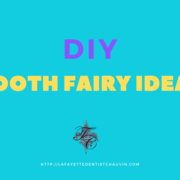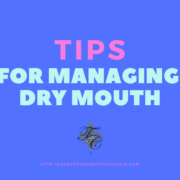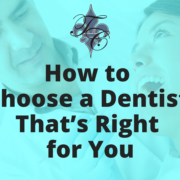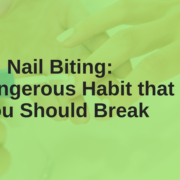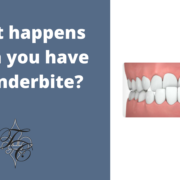DIY Tooth Fairy Ideas
Tooth transition, the phase of a child’s life where baby teeth fall out to be replaced by adult teeth, can be magical for children. Parents and caregivers can inspire wonderment and fun the Tooth Fairy’s visit with clever tips. Additionally, tooth transition and the Tooth Fairy’s visits are a great opportunity to instill oral health awareness with kids.
If you’re looking to make the Tooth Fairy’s visits more fun for the whole family, here’s a few do-it-yourself tips to try.
Make a Commemorative Tooth Fairy Photo Prop
Photos are a great way to catalog important life events, especially with children. Consider making a poster board or chalkboard that your child can hold during photos after a tooth is lost. Keeping a chalkboard is easier to update with dates and ages, however, since chalk is easily erased but a poster board works fine, too.
Use Glitter as Evidence of the Tooth Fairy’s Visit
If you want to leave behind more than money in exchange for a tooth, you can use glitter to make the Tooth Fairy’s visit even more magical.
Try spraying a dollar bill with hairspray and sprinkle glitter on it before it dries. You could also sprinkle glitter on a window sill or near where the tooth was left as “evidence” of the tooth fairy’s visit.
Get Creative with Doll Clothes as Tooth Fairy Evidence
You might be surprised what you can do with a doll’s accessories to give your kid’s a unique Tooth Fairy surprise. A small doll’s shoe could be awe-inspiring evidence that the Tooth Fairy left in a rush, too. A bedazzled and glittery bobby pin could easily serve in as the Tooth Fairy’s makeshift wand that she left behind.
Make a Tooth Pillow
If your child is a light sleeper, you might not want to exchange the tooth for money under his or her pillow. Consider using a small pillow that you can hang from a door knob or lay on top of a chest of drawers for a quieter, more fool-proof way of the Tooth Fairy’s visit without waking up your child. If you leave behind paper money, you can simply pin it to the pillow after you’ve taken the tooth.
Leave Behind a Receipt or Handwritten Notes
Leaving behind a receipt is a cute way to celebrate you child’s losing a tooth. Get creative with your notes and receipts by acknowledging that your child is doing a great job with brushing. If you leave a note, consider using decorations like stickers, glitter, and colorful ink for a unique touch. Be sure to disguise your handwriting, though. We all know how observant and clever children are.
Your notes and receipts can also include “oral hygiene tips”. For instance, if you know your child isn’t brushing long enough, find a fun way to convey the importance of proper brushing. You could write “I noticed you’re not brushing quite as long as you should. It really helps the Tooth Fairy when teeth are sparkling clean”.

